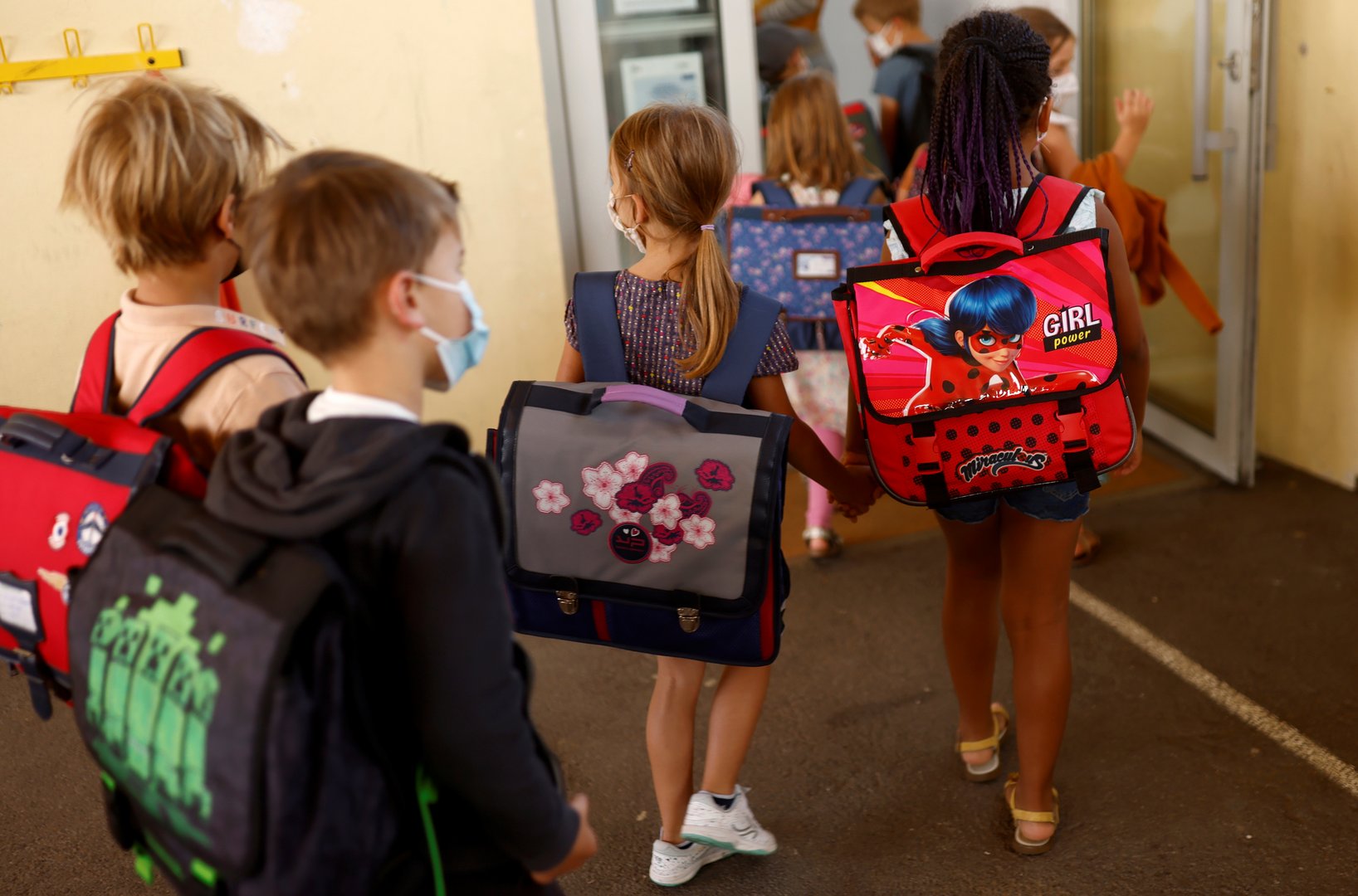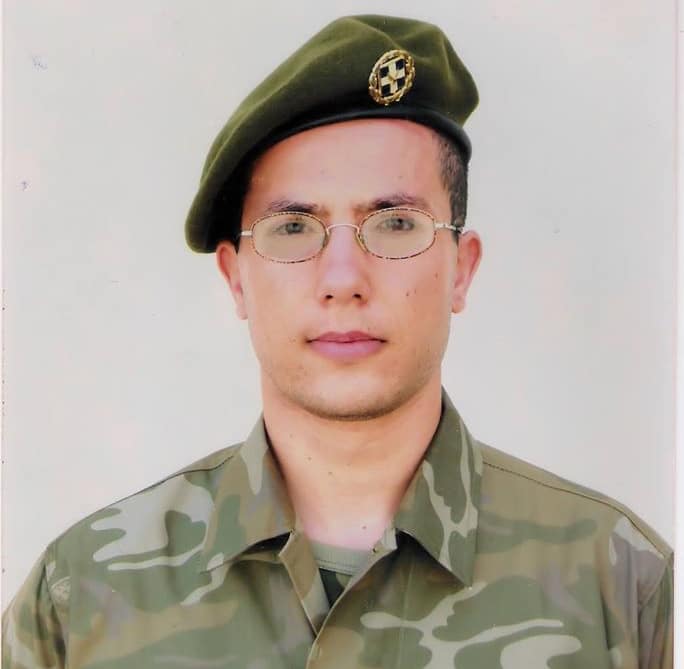Close to two thirds of children in Cyprus face material deprivation in some demographics, with the island’s average standing at one in five, according to data released by Eurostat on Tuesday.
The data, according to which Cyprus stands considerably above the EU average, showed that in 2021, 24 per cent of children under 16 faced child-specific deprivation, with this percentage climbing to a whopping 61 per cent in lower-education households.
The corresponding EU averages for the specific categories are 13 per cent and 39 per cent.
‘Child-specific’ deprivation is defined as enforced lack of at least three items considered necessary for a child in the household (such as clothing, shoes, healthy food, leisure activities, heating, or a car).
Material deprivation has been attributed to various factors, with two key factors being household composition and the parents’ educational level, which correlates with financial status.
Children in households with parents who have attained at most lower secondary education are at highest risk. In Cyprus, close to two thirds (61 per cent) of children in this category experienced deprivation, compared with 10 per cent of children in higher education households, more than double the EU average (4 per cent) for this bracket.
In 10 EU countries, over half the children in the lower-education bracket faced material deprivation, with the highest rates recorded in Romania (85 per cent), Bulgaria (83 per cent) and Hungary (78 per cent). The lowest rates were registered in Poland (9 per cent), Germany and Estonia (each 16 per cent).
Among higher (tertiary) education households, the highest rates of child material deprivation were recorded in Greece (16 per cent), Bulgaria (12 per cent) and Cyprus (10 per cent).
The lowest rates were recorded in Slovenia, Czechia, Sweden, and Poland which all stood between zero and one per cent.







Click here to change your cookie preferences